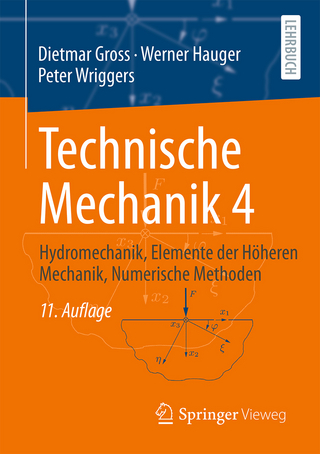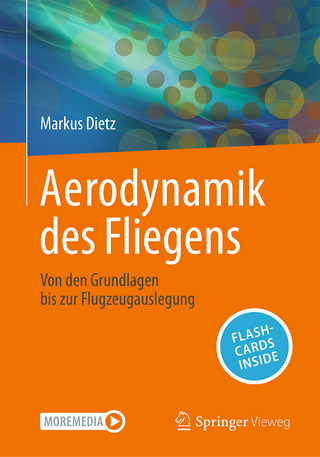
Dissipative Structures in Transport Processes and Combustion
Springer Berlin (Verlag)
978-3-642-84232-0 (ISBN)
I Fluid Flow: Turbulence, Modelling.- Turbulence and Navier-Stokes Equations.- An Arbitrary-Dimensional Cellular-Automaton Fluid Model with Simple Rules.- II Combustion Waves, Flames.- The Complex Dynamics of Wrinkled Flames.- Cascade Model for Turbulent Flame Propagation.- The Fractal Concept of Turbulent Flames.- Diffusion Flame Stabilization by a Recirculating Flow - Flame Spread Downstream of an Ignition Point.- The Spectrum of Cellular Inertia Waves Under Unstable Forced Combustion Conditions.- III Turbulent Combustion.- Detailed Combustion Chemistry and Its Coupling with Turbulent Flow.- Chemical Reaction Rate Effects in Turbulent Non-premixed Combustion.- IV Reaction-Diffusion Systems: Stability, Pattern Formation, Autowaves, Chaos.- Synergetics Applied to Pattern Formation in Large-Aspect-Ratio Systems.- Kinetic Description of Autowave Processes and Hydrodynamic Motion.- The Non-isothermal Autocatalator: Complex Oscillations and Chaos.- Deterministic Chaos in Chemical Reactions.- Isotropic Automata for Simulations of Excitable Media: Periodicity, Chaos and Reorganization.- Comparison Between Morphological and Rayleigh-Marangoni Instabilities.- Catastrophe Theory Concepts for Ignition/Extinction Phenomena.- Index of Contributors.
| Erscheint lt. Verlag | 29.1.2012 |
|---|---|
| Reihe/Serie | Springer Series in Synergetics |
| Zusatzinfo | VIII, 245 p. |
| Verlagsort | Berlin |
| Sprache | englisch |
| Maße | 170 x 242 mm |
| Gewicht | 444 g |
| Themenwelt | Naturwissenschaften ► Physik / Astronomie ► Mechanik |
| Naturwissenschaften ► Physik / Astronomie ► Strömungsmechanik | |
| Schlagworte | Biology • Chaos • chemical reaction • Chemistry • Combustion • Diffusion • fluid- and aerodynamics • Fluid Dynamics • Navier-Stokes Equation • navier-stokes equations • stability • Structure • Synergetics • Transport • Turbulence • Turbulent flow |
| ISBN-10 | 3-642-84232-1 / 3642842321 |
| ISBN-13 | 978-3-642-84232-0 / 9783642842320 |
| Zustand | Neuware |
| Informationen gemäß Produktsicherheitsverordnung (GPSR) | |
| Haben Sie eine Frage zum Produkt? |
aus dem Bereich


